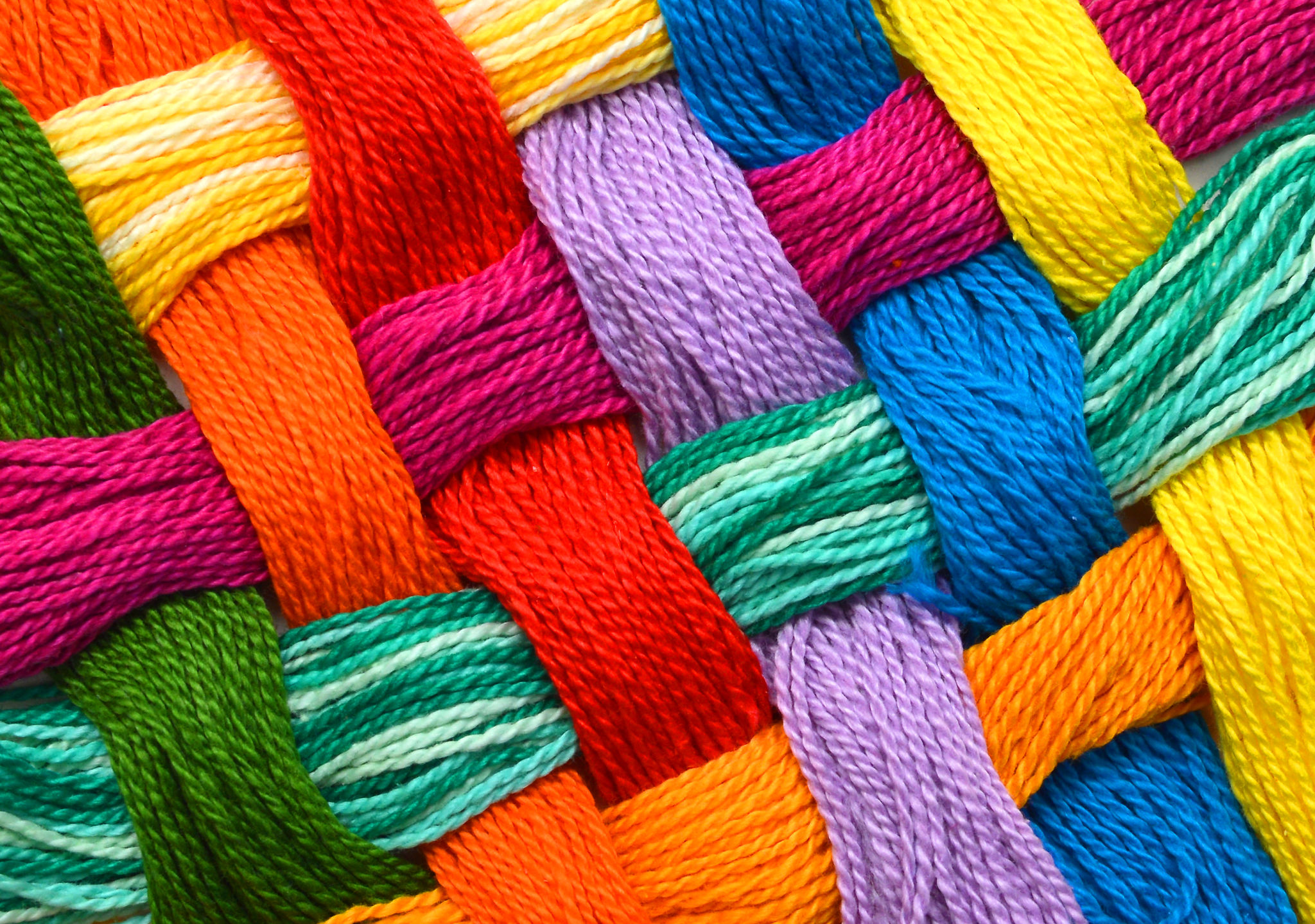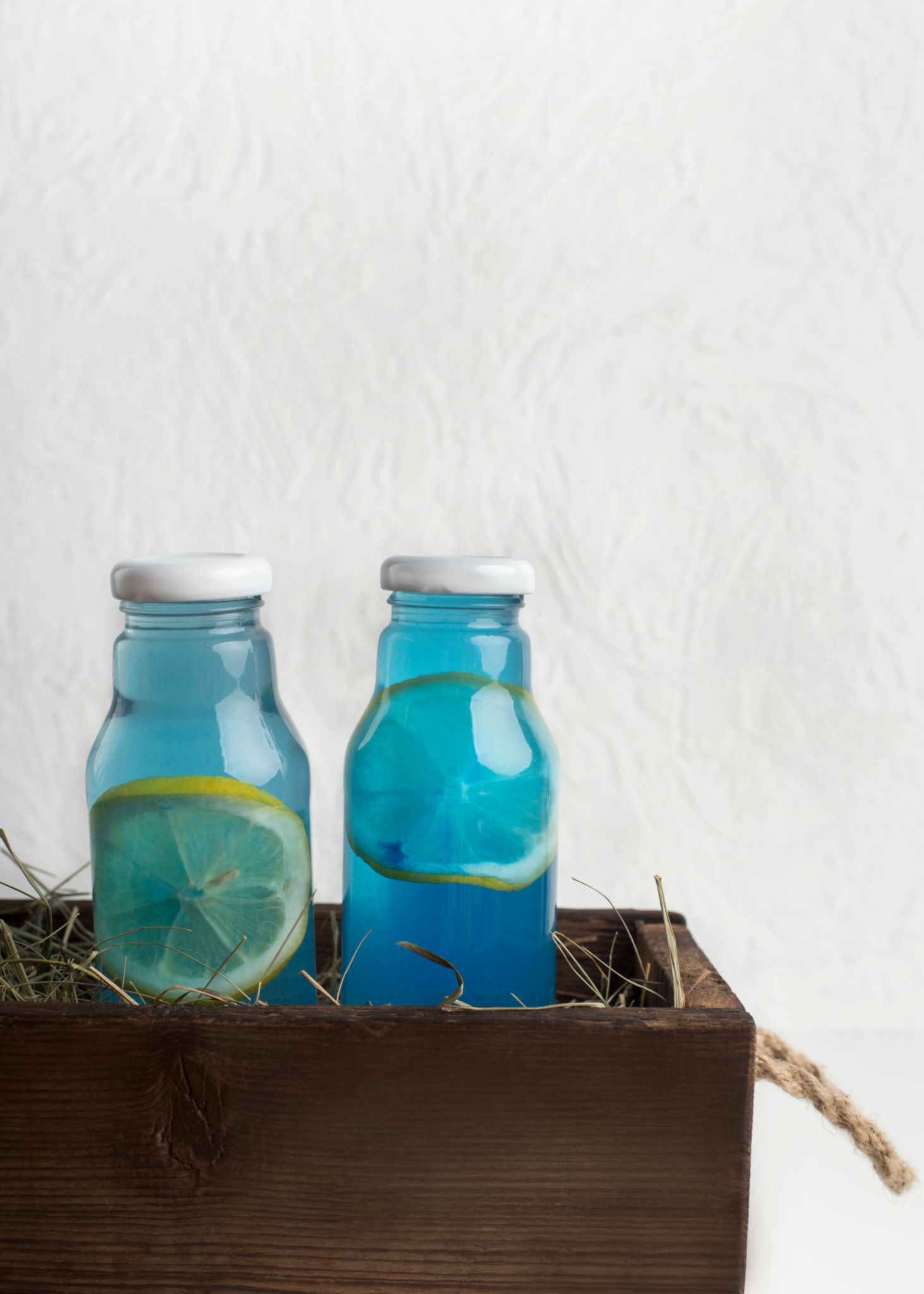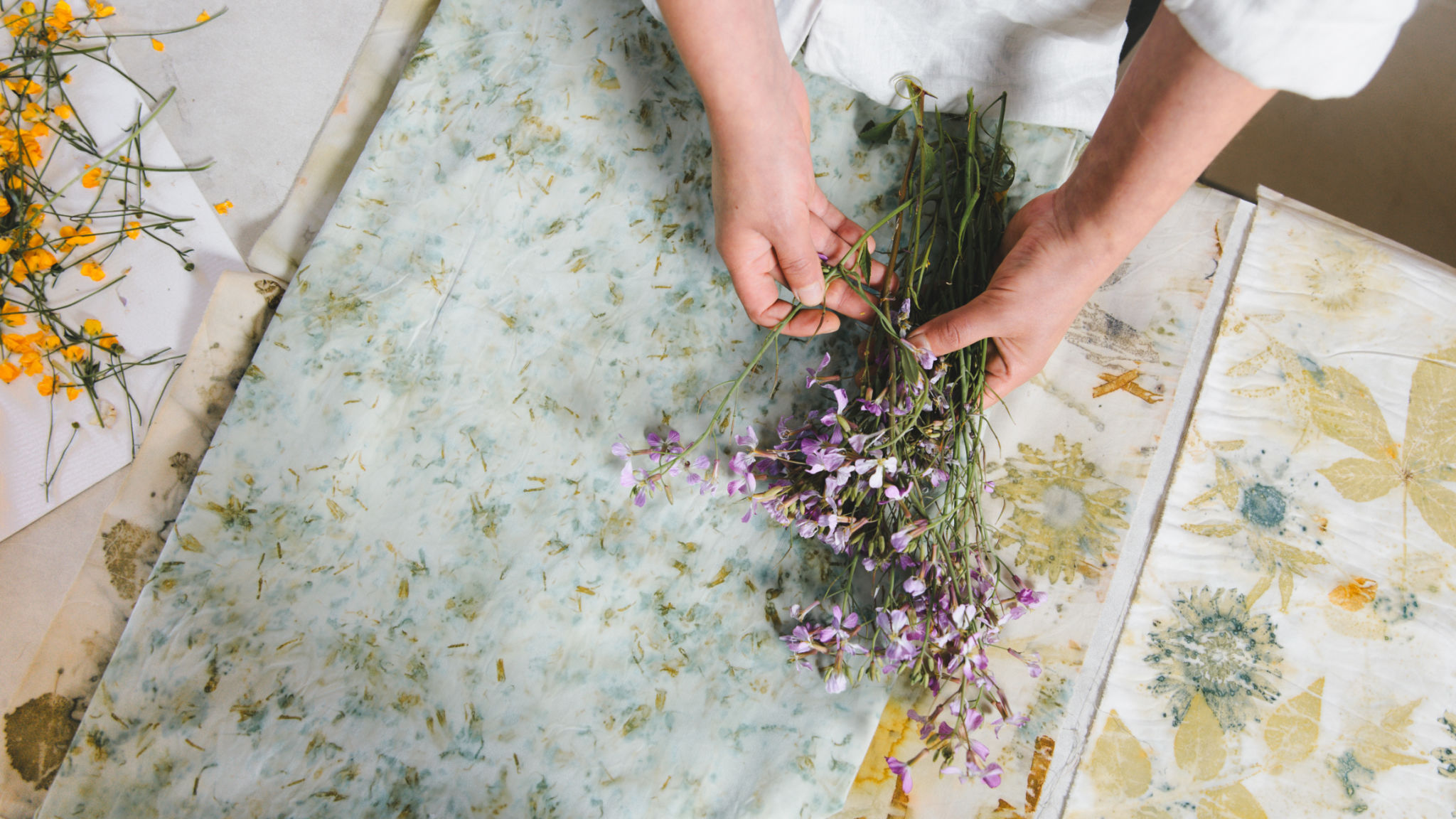Top 5 Myths About Natural Dyes Debunked
Understanding Natural Dyes
Natural dyes have been used for centuries, long before synthetic dyes became prevalent. However, with the resurgence of interest in sustainable and eco-friendly practices, natural dyes are making a comeback. Despite their growing popularity, several myths continue to circulate about their use and effectiveness.
Debunking these myths not only highlights the true value of natural dyes but also encourages more people to consider them as a viable option for coloring textiles and other materials.

Myth 1: Natural Dyes Are Less Vibrant
A common misconception is that natural dyes produce dull, muted colors compared to synthetic dyes. The truth is, natural dyes can create a vibrant and diverse range of colors. The secret lies in the skill of the dyer and the specific materials used. With the right techniques, natural dyes can produce hues as vivid and striking as any synthetic counterpart.
The Role of Mordants
Mordants are substances that help fix dyes onto fibers. They play a crucial role in enhancing the color quality and longevity of natural dyes. By experimenting with different mordants, dyers can achieve a wide spectrum of colors, often more varied than those possible with synthetic dyes alone.

Myth 2: Natural Dyes Are Not Durable
Another myth is that natural dyes fade quickly and are not as durable as synthetic dyes. While it's true that some natural dyes may fade over time, others are incredibly resilient. Certain natural dyes, such as indigo or madder, are known for their long-lasting properties and have been used for centuries in fabrics that endure.
Proper Care for Longevity
Just like with any dyed fabric, proper care and maintenance are essential to preserve the vibrancy and longevity of natural dyes. Washing in cold water, avoiding direct sunlight, and using gentle detergents can significantly extend the life of naturally dyed textiles.
Myth 3: Natural Dyes Are Limited in Color Range
Many believe that natural dyes can only produce earth tones or muted shades. In reality, the world of natural dyes is vast and varied. From plants, minerals, and even insects, a wide array of sources provide a stunning palette of colors.

Exploring Diverse Sources
Natural dyes can be extracted from numerous sources including flowers like marigold for yellows, berries for purples and reds, and even insects like cochineal for vibrant reds. This diversity allows dyers to experiment and create unique hues not found in synthetic dyes.
Myth 4: Natural Dyeing Is More Time-Consuming
While natural dyeing can be more time-intensive than using synthetic dyes due to preparation and dyeing processes, many find the experience rewarding. The act of dyeing naturally often involves a deeper connection with the materials and a greater appreciation for the craft.
The Joy of the Process
For many enthusiasts, the time spent preparing and dyeing is a meditative process that fosters creativity and mindfulness. The slower pace allows for experimentation and personal expression that mass-produced synthetic dyeing cannot offer.
Myth 5: Natural Dyes Aren't Eco-Friendly
Some argue that natural dyes aren't as eco-friendly as they seem, given the resources required for production. However, when sourced responsibly and used efficiently, natural dyes are indeed more sustainable than their synthetic counterparts.

Sustainable Practices
Dyers who prioritize sustainable practices by using locally sourced materials and minimizing waste contribute to the eco-friendliness of natural dyeing. By choosing natural over synthetic, you support a process that is gentler on the planet.
In conclusion, understanding the reality behind these myths opens up a world of possibilities for those interested in sustainable fashion and textile practices. Embracing natural dyes not only results in beautiful colors but also supports a more environmentally friendly approach to dyeing.
